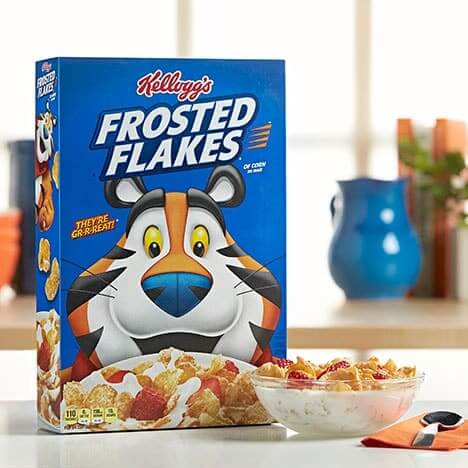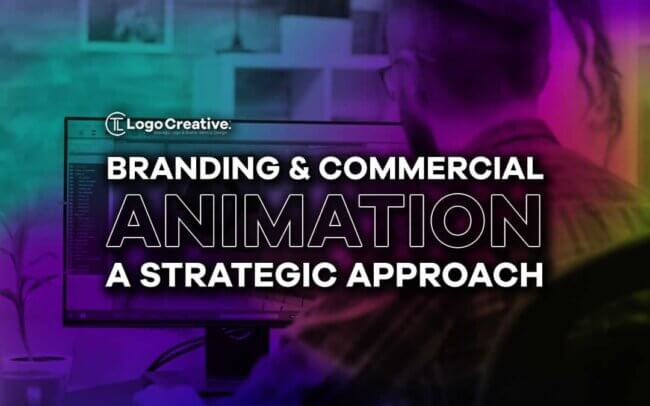In the competitive tapestry of modern marketing, branding stands as a vital strategic foundation for distinguishing a company’s identity and promise to its customers.
Meanwhile, animation has carved out a significant niche within commercial advertising, celebrated not only for its aesthetic appeal but also for its ability to communicate complex messages engagingly and memorably. By integrating animation into their branding strategies, companies can create distinctive, dynamic narratives that resonate deeply with audiences.
Table of Contents
The Power of Animation in Branding
Animation in branding isn’t just about adding visual flair to advertisements; it’s about utilizing motion and storytelling to forge a deeper emotional connection with the audience. Animated characters and scenarios can evoke emotions and communicate brand values in a way that static images and text cannot.
This emotional engagement is crucial because it helps to build brand loyalty and recognition. For instance, the use of a consistent animated mascot can provide a friendly face that customers can relate to across various media platforms, creating a sense of familiarity and trust.
Moreover, animation allows brands to break down complex products or services into digestible, entertaining snippets that are easy for consumers to understand and remember. This is particularly effective in industries like technology or finance, where the product offerings might be intricate or challenging to explain. Animation simplifies these concepts, often using humor and relatability to bring potentially dry content to life.
Case Study: The Evolution of Branding and Animation

To understand the impact of animation on branding, consider the evolution of television commercials over the decades. In the early days of TV advertising, animated commercials were straightforward and often featured direct sales pitches. However, as markets became more saturated, brands needed to differentiate themselves creatively. Animation became a popular tool because it offered a way to stand out visually and narratively.
For example, the animated Tony the Tiger mascot for Kellogg’s Frosted Flakes has become iconic since his debut in the 1950s. Tony’s cheerful demeanor and catchy slogan, “They’re great!” helped cement Kellogg’s Frosted Flakes in the minds of children and adults alike, demonstrating the enduring power of well-crafted animated branding.
Key Elements of Effective Branding Using Animation
Successful animated branding relies on 3 key elements:
1. Character Design
The design of any character used in branding should align with the overall brand identity and appeal to the target audience. Characters can range from realistic to fantastical, but they must consistently embody the brand’s values and message.
2. Narrative Structure
A compelling story is at the heart of effective animation. The narrative should be clear, engaging, and aligned with the brand’s message. It should also be adaptable across various platforms and formats, from TV commercials to online ads and social media.
3. Consistency in Style and Colour
Visual consistency helps reinforce brand recognition. The animation style and colour palette should reflect the brand’s existing identity and be used consistently across all marketing materials.
Creating an Animated Branding Campaign
The process of creating an animated branding campaign involves several stages:
Conceptualization
This phase includes brainstorming ideas, defining key messages, and developing storyboards. It’s crucial to have a clear vision of what the animation should achieve in terms of branding. Understanding the brand’s strategy before translating it into visuals is an essential step.
Production:
This stage involves the actual creation of the animations, requiring collaboration among artists, animators, scriptwriters, and directors. Technology plays a significant role here, with software and tools enabling the creation of high-quality animation.
Post-production
After the animation is created, post-production involves editing, adding sound effects, and music, and finalizing the visual flow to ensure the animation is polished and cohesive.
Challenges and Considerations
Despite its effectiveness, animated branding comes with its own set of challenges:
- Cost: High-quality animation can be expensive, requiring significant investment in skilled personnel and technology.
- Time: Animation is time-consuming to produce, particularly if it involves complex scenarios or high-quality graphics.
- Cultural Sensitivity: For brands operating globally, animations must be culturally sensitive and adaptable to different markets without losing their core message.
Future Trends in Animation for Branding
These trends indicate a dynamic future for the intersection of branding and animation. By staying ahead of these developments, brands can not only keep their strategies fresh and relevant but also continue to captivate and enchant their audiences in new and exciting ways. As we move forward, 3 key trends are poised to influence how animation is used in branding:
Technological Advancements
The advent of AI and machine learning is revolutionizing animation, making it more accessible and cost-effective. These technologies can automate aspects of the animation process, such as lip-syncing, facial expressions, and even complex animations that previously required extensive manual input. This not only reduces production costs but also allows for more personalized and varied content.
Increased Interactivity
With the rise of augmented reality (AR) and virtual reality (VR), brands have new avenues to use animation interactively. For example, an AR app can use animation to bring a product to life right in the consumer’s living room, providing a novel and engaging shopping experience. Similarly, VR can create immersive brand experiences, fully engaging customers in a constructed world that enhances both narrative and emotional connection.
Personalization and User-Generated Content
As consumers seek more personalized experiences, brands can use animation to tailor content to individual preferences. Animation can dynamically adjust based on user interactions or social media behaviours, creating a more engaging and responsive brand experience. Moreover, brands might encourage users to create their own animated content as part of marketing campaigns, harnessing the power of community engagement and co-creation.
Conclusion
As we look toward the future of branding and commercial animation, it’s clear that the integration of these two elements will continue to evolve, driven by advancements in technology and shifts in consumer behaviour. Brands that can creatively harness the power of animation while maintaining their core identity and message will likely enjoy a significant competitive advantage. As this field grows, so too will the opportunities for brands to connect with their audiences in innovative and emotionally compelling ways.
This exploration provides a snapshot of the strategic use of animation in branding. By understanding and leveraging the unique benefits of animation, brands can enhance their visibility and appeal in an increasingly crowded marketplace.
Join The Logo Community
We hope this article has helped. If you would like more personal tips, advice, insights, and access to our community threads and other goodies, join us in our community.
You can comment directly on posts, access our community threads, have a discussion and ask questions with our founder Andrew.
If you’re looking to learn more about brand strategy, we highly recommend eRESONAID with our friend and acclaimed brand strategist and author Fabian Geyrhalter, it’s packed full of knowledge and insights you will need to learn to become a brand strategist or apply what you learn within your own business.


